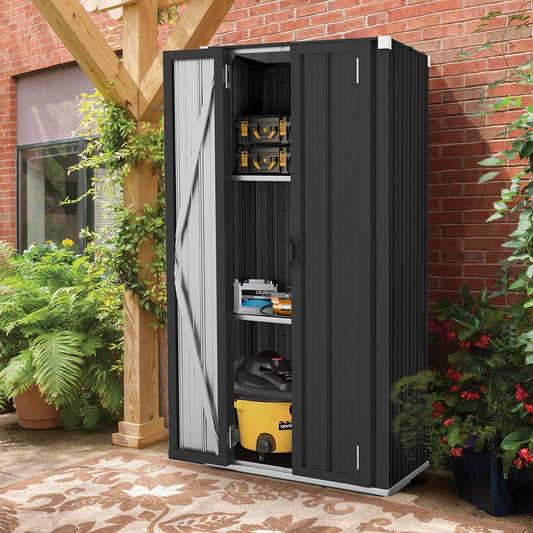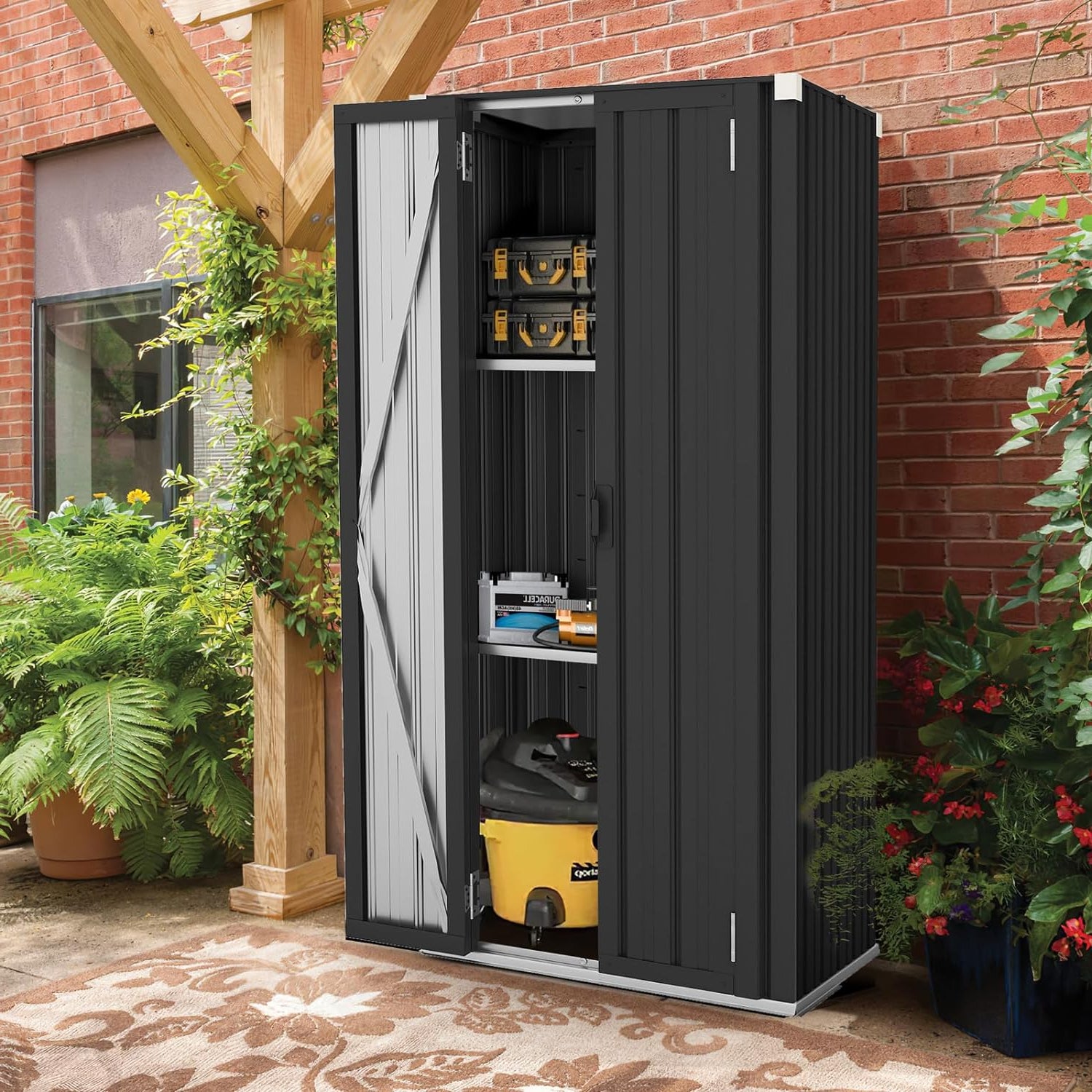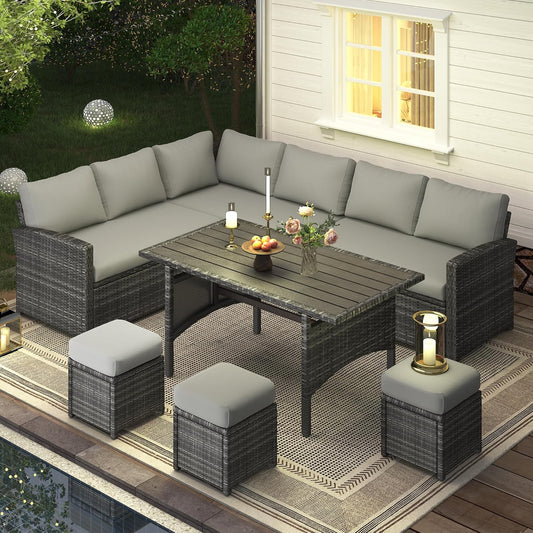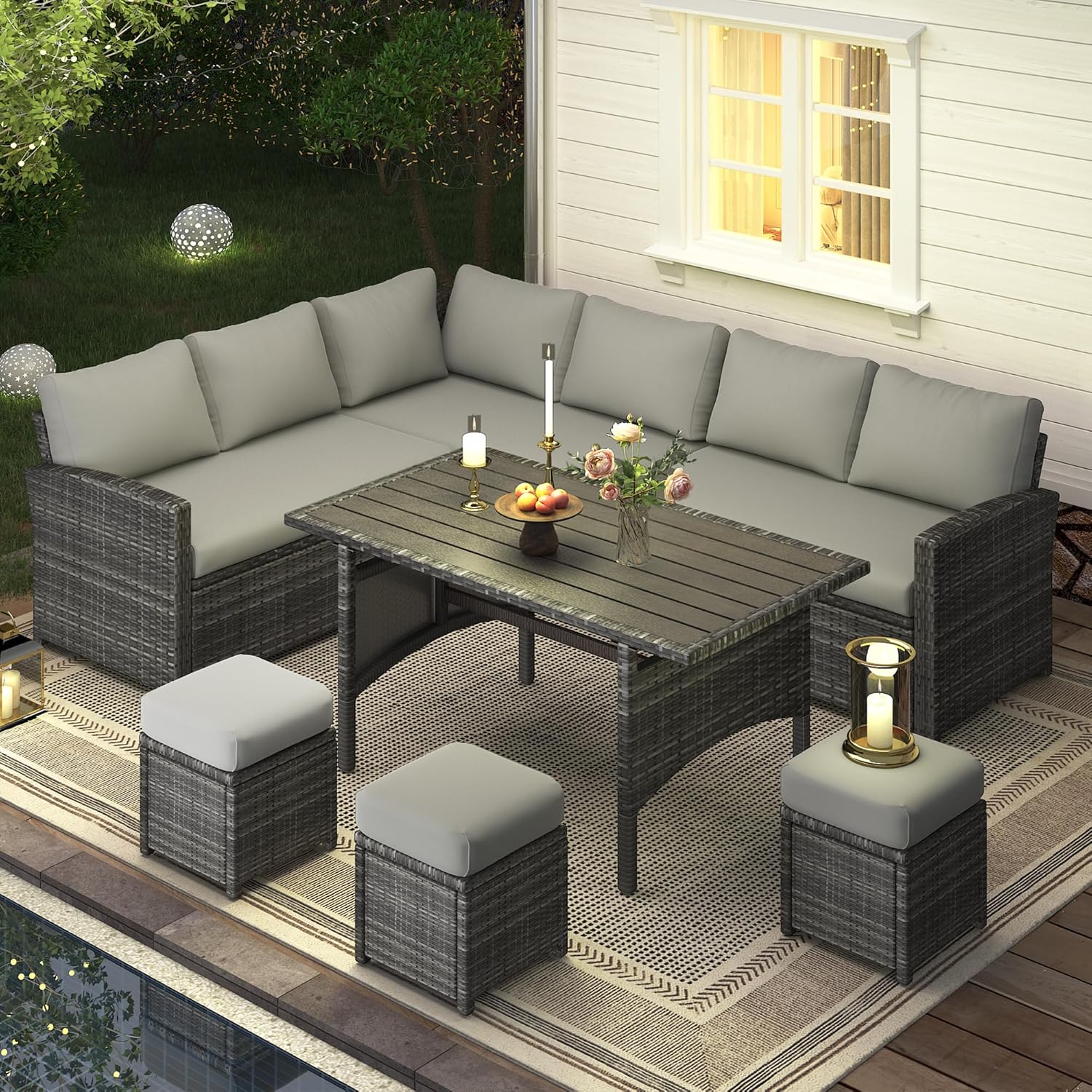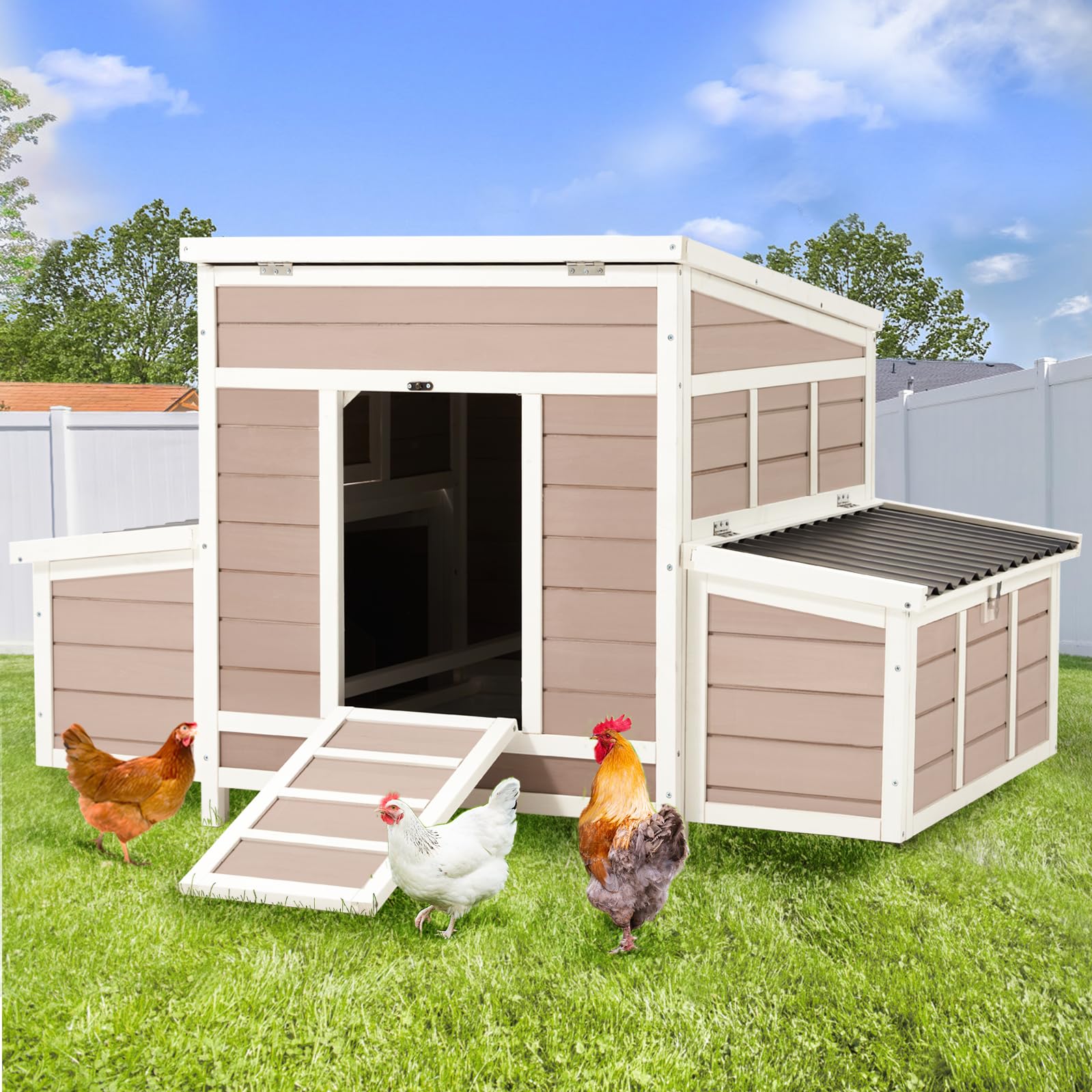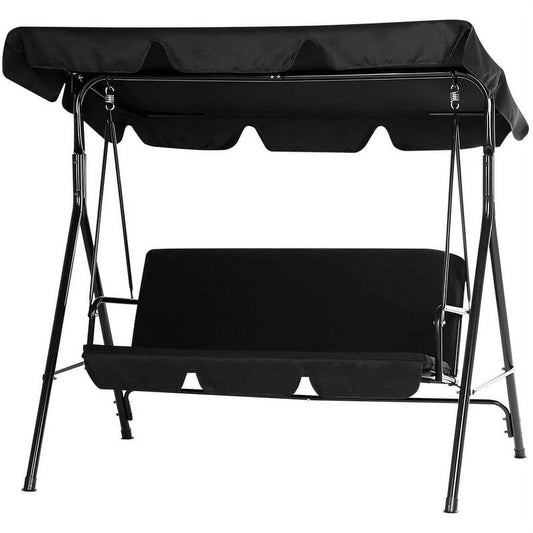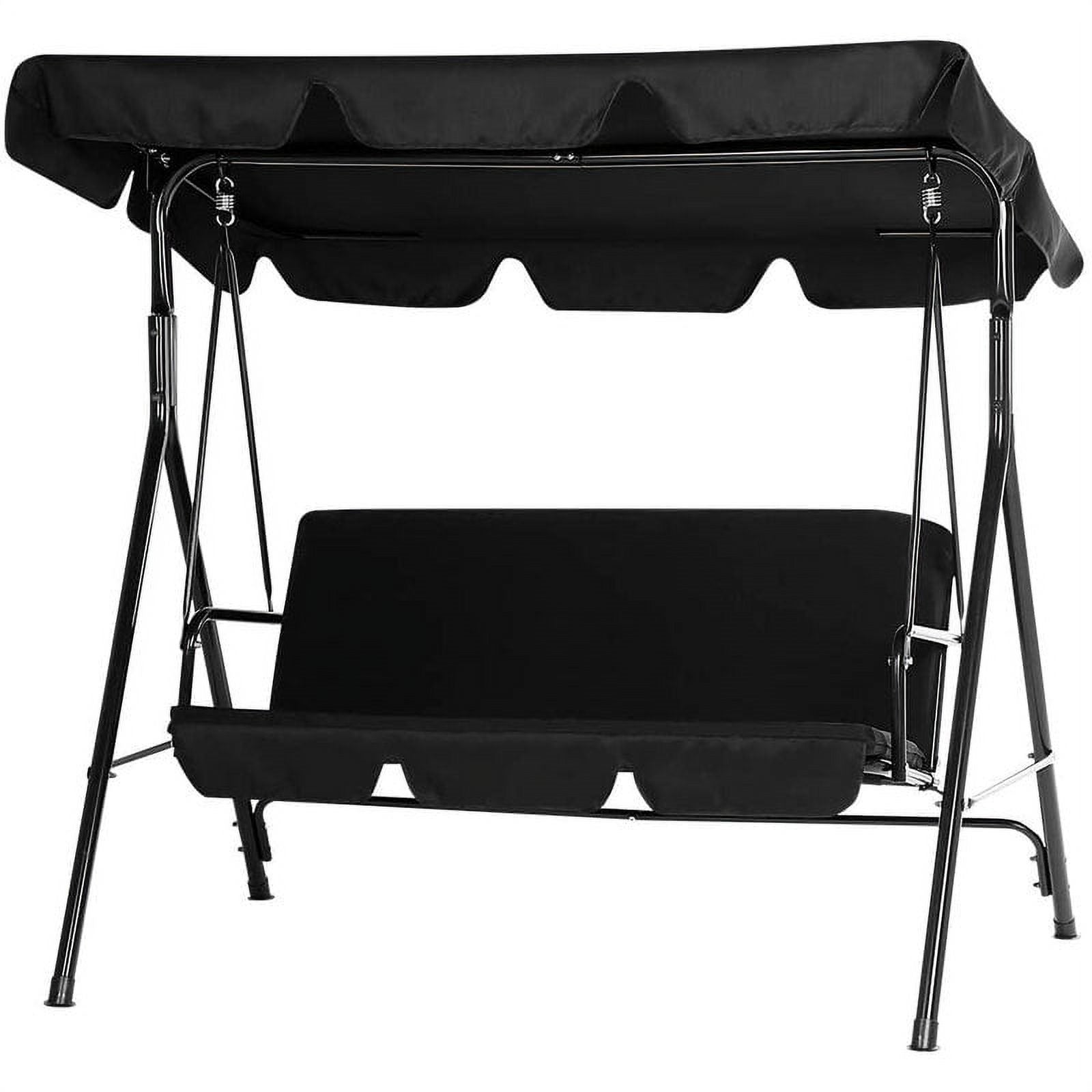Summer heat can turn even the coziest room into an uncomfortable space. When you’re looking for a way to cool down, window air conditioners often come to mind—and for good reason. But what makes them a go-to choice, and are they right for you?
A window air conditioner is a staple in many homes, especially apartments and small spaces. Unlike bulky portable units or expensive central AC, these appliances fit directly into windows, turning warm air into cool comfort with minimal setup. Whether you need a small window air conditioner for a tiny bedroom or an 8000 BTU window air conditioner to tackle a living room, there’s a model for nearly every space.
Even better, modern options offer more than just cooling. The quietest window air conditioner models let you sleep without noise, while energy efficient window air conditioners help keep electricity bills in check. And for tricky spaces with narrow, sliding windows, a side window air conditioner provides a tailored solution.
But like any appliance, window air conditioners have their pros and cons. They’re easy to install and affordable, but they can block natural light and struggle with large rooms. In this guide, we’ll break down everything you need to know—from how they work to whether they’re the right fit for your home. Let’s start with the basics.
What Is a Window Air Conditioner?
A window air conditioner is a compact cooling unit designed to fit into a standard window opening. Unlike central AC systems that cool an entire home, these units focus on single rooms—making them a popular choice for apartments, small homes, or offices.
Here’s how they work: The unit sits in the window, with part of it inside (blowing cold air) and part outside (releasing hot air). It pulls in warm air from the room, cools it using refrigerant, and circulates the cold air back in.
There are several types to choose from, depending on your needs. Small window air conditioners are perfect for tiny spaces like bedrooms or home offices—they’re lightweight and don’t take up much window space. If you need more power, an 8000 BTU window air conditioner can cool a medium-sized room (around 250–300 square feet) efficiently.
For those who hate loud appliances, the quietest window air conditioner models use special fans and insulation to reduce noise—great for bedrooms where you need to sleep. And if saving on electricity bills matters, energy efficient window air conditioners are designed to use less power while still keeping your space cool.
There’s also the side window air conditioner, a slimmer model made for narrow windows (like those in older homes or apartments). It fits into side-sliding windows instead of the standard double-hung ones, making it a flexible option for tricky spaces.

No matter the type, all air conditioner for window share a core benefit: They’re a simple, all-in-one solution for cooling a single room. But like any appliance, they have their ups and downs. Let’s dive into the pros first.
The YODOLLA 8100 BTU window air conditioner is a reliable cooling solution for small to medium rooms—its efficient design cools quickly while being easy to install. With straightforward maintenance (just clean the filter regularly), it keeps your space comfortable all summer.
Pros of Window Air Conditioners
Window air conditioners have stayed popular for decades—and it’s easy to see why. Here are their biggest advantages:
1. Easy to Install (No Professional Help Needed)
You don’t need an electrician or HVAC expert to set up a window air conditioner. Most units come with a mounting kit that includes brackets and screws. Simply place it in the window, secure the brackets, and plug it into a standard outlet. Even a small window air conditioner can be installed in 30 minutes or less—perfect for renters who can’t make permanent changes to their space.
2. Affordable for Cooling Single Rooms
Central AC cools your whole home, but that means paying to cool unused rooms (like spare bedrooms). A window air conditioner lets you cool only the space you need. For example, an 8000 BTU window air conditioner is great for a 250-square-foot living room—you’ll save money by not wasting energy on empty rooms.
3. Compact and Space-Saving
Small window air conditioners are designed to fit in most standard windows, so they don’t take up floor space like portable ACs (which need a hose and a place to sit). This is a big plus for tiny apartments or rooms with limited space.
4. Quiet Options for Peace and Quiet
If noise bugs you, the quietest window air conditioner models are a game-changer. They use slower fan speeds and insulated casings to reduce sound—some are as quiet as a library (around 50 decibels). That means you can sleep or work without the constant hum of a loud AC.
5. Energy Efficiency Is Improving
While older models used a lot of power, modern energy efficient window air conditioners are much better. They have energy-saving modes that adjust cooling when the room reaches the set temperature, cutting down on electricity use. Some even have Energy Star ratings, which can lower your monthly bills.
|
Type of Window AC |
Key Pro |
Best For |
|
Small window air conditioners |
Easy to install, space-saving |
Small rooms (100–200 sq ft) |
|
8000 BTU window air conditioner |
Cools medium rooms efficiently |
Bedrooms, home offices (200–300 sq ft) |
|
Quietest window air conditioner |
Low noise level |
Bedrooms, study rooms |
|
Energy efficient window air conditioners |
Saves on electricity bills |
Rooms used daily (living rooms, bedrooms) |
These pros make window air conditioners a smart choice for many people. But they aren’t perfect—let’s look at the downsides next.
Perfect for bedrooms or home offices, the YODOLLA 8100 BTU window air conditioner delivers consistent cooling without taking up floor space. Its user-friendly design makes cleaning and upkeep simple, ensuring it stays efficient for seasons.

Cons of Window Air Conditioners
While window air conditioners have plenty of perks, they aren’t a perfect fit for every space. Let’s break down their main drawbacks so you can decide if they work for you.
First, they take up window space. A window air conditioner sits right in the middle of your window, blocking natural light and fresh air. If you have a small apartment with only one window, this can make the room feel dark or stuffy. Even a small window air conditioner covers a portion of the glass—you won’t be able to open that window for a breeze on mild days.
Noise can still be an issue, even with better models. The quietest window air conditioner is quieter than older units, but it still makes some sound. The fan and compressor create a low hum, which might bother light sleepers. If you’re using it in a bedroom, you might need to keep it on a lower setting (which cools slower) to reduce noise.
They’re less powerful for large spaces. An 8000 BTU window air conditioner works well for 200–300 square feet, but bigger rooms (like a 400-square-foot living room) will struggle. You’d need a larger unit, which is heavier and harder to install. Even then, it might not cool the room evenly—corners could stay warm while the area near the AC feels cold.
Installation can be tricky for heavy units. Small window air conditioners are easy to lift, but larger ones (like a 10,000+ BTU model) can weigh 50+ pounds. You might need a friend to help lift them into place, and if your window frame is weak, the weight could cause damage over time.
Energy use adds up if you run them all day. While energy efficient window air conditioners are better than older models, they still use more power than central AC when cooling multiple rooms. If you need to cool two rooms, running two window units might cost more than using a single central system.
|
Type of Window AC |
Potential Con |
Who Might Be Bothered By It? |
|
Small window air conditioners |
Blocks partial window light |
People who love natural light |
|
Quietest window air conditioner |
Still makes low hum |
Light sleepers, people working from home |
|
8000 BTU window air conditioner |
Not enough for large rooms |
Those with spaces over 300 square feet |
|
Energy efficient window air conditioners |
Higher upfront cost (vs. basic models) |
Budget-focused shoppers |
Is a Side Window AC Right for Your Space?
A side window air conditioner is a specific type of window AC designed for side-sliding windows (the kind that slide left or right, not up and down). If your home has these narrow windows, it might be the solution you need—but it’s not for everyone.
First, check your window type. Side window air conditioners are slimmer than standard models, so they fit into the narrow opening of sliding windows. If you’ve tried a regular window air conditioner and it was too wide, this is a better fit. It locks into place without blocking the entire window, so you might still get a little light from the sides.
It works well for small, narrow rooms. A side window air conditioner usually has similar power to a small window air conditioner (around 5000–8000 BTU), making it great for bedrooms or home offices. It cools efficiently in tight spaces without taking up extra room.
But it has limits. Most side air conditioners of window can’t match the power of a standard 8000 BTU window air conditioner for larger areas. They also tend to be pricier than basic window units because they’re designed for a specific window type. If you have standard up-and-down windows, a regular window air conditioner is a more affordable choice.
Another thing to note: Installation still requires a secure fit. Even though it’s slimmer, a side window air conditioner needs to be sealed tightly to prevent hot air from leaking in. Use the included foam strips to close gaps around the unit—this keeps it efficient and reduces noise.
In short, a side window air conditioner is a niche but useful option. It’s perfect if you have sliding windows and need a compact cooling solution. If not, a standard window air conditioner (like a small or 8000 BTU model) will serve you better.
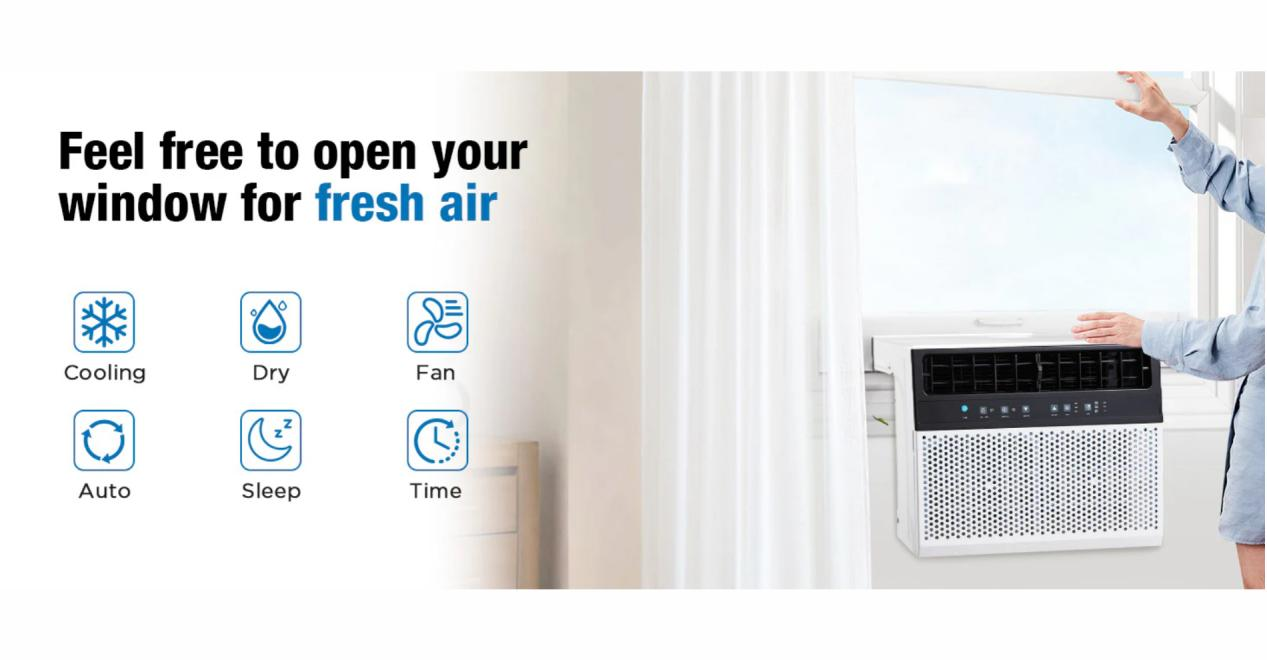
Need to beat the heat? The YODOLLA 8100 BTU window air conditioner fits standard windows, cools spaces up to 350 sq ft effectively, and is easy to maintain with regular filter cleaning. It’s a practical pick for targeted, hassle-free cooling.
Conclusion
Air conditioners for Window are a practical, budget-friendly way to cool specific spaces—and they’ve come a long way in terms of efficiency and convenience. Whether you opt for a small window air conditioner for a tiny bedroom or an 8000 BTU window air conditioner to cool your living room, they shine in scenarios where you don’t need to cool an entire home.
Their biggest strength is flexibility. Renters love them because they’re easy to install and remove, while homeowners appreciate being able to cool only the rooms they use. The quietest window air conditioner models make them suitable for bedrooms, and energy efficient window air conditioners help keep utility bills in check. For those with tricky sliding windows, a side window air conditioner solves the problem of fitting a unit into narrow spaces.
Of course, they aren’t without downsides. They block window light, can struggle with large rooms, and even the quietest options make some noise. But for most people, these trade-offs are worth it—especially if you’re looking for a simple, no-fuss cooling solution.
So, who should get a window air conditioner? If you live in a small space, rent, or only need to cool one or two rooms, it’s a great pick. A small window air conditioner works for a home office, an 8000 BTU window air conditioner handles a medium bedroom, and a side window air conditioner fits sliding windows perfectly. If you prioritize quiet, go for the quietest window air conditioner—you’ll barely notice it’s running.
At the end of the day, window air conditioners aren’t meant to replace central AC, but they don’t need to. They fill a specific role: cooling the spaces you care about, when you need it, without the hassle of complex installation. With the right model for your space, a window air conditioner can turn a sweltering summer into a comfortable one.















